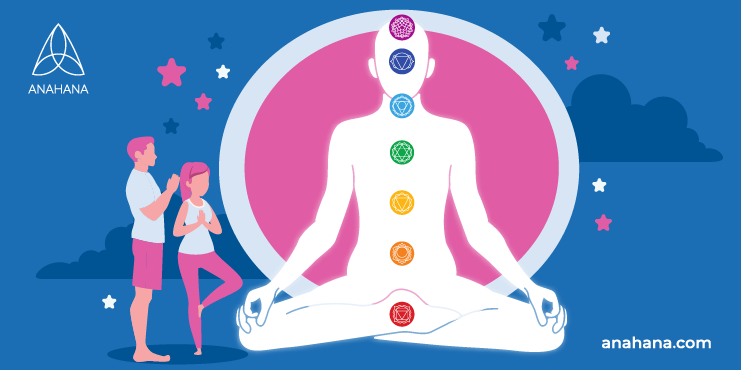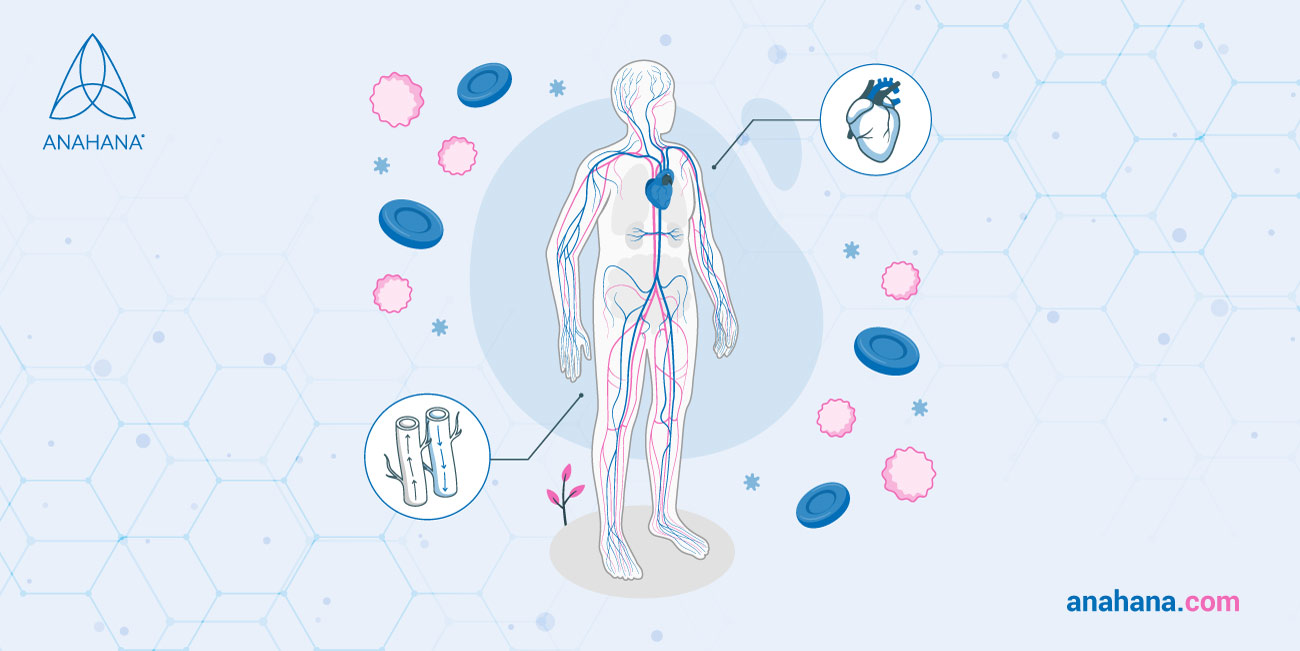
Table of Contents
Explore Effective Meditation Techniques, enhance your mindfulness journey with this article's practical insights and straightforward guide to meditation techniques. Discover various methods to cultivate focus, reduce stress, and foster inner calm. Elevate your well-being through a comprehensive overview of transformative meditation practices.
Meditation Techniques: How to Find Yours
In today's fast-paced world, finding peace and clarity can sometimes feel like searching for a hidden treasure.
Meditation offers a quiet corner in our minds—a place where we can slow down, breathe, and maybe find the calm or satisfaction we're chasing. With so many meditation techniques, it's easy to feel lost.
Explore various practices to help you find the one that clicks with you, making your meditation journey enjoyable and deeply personal.
What is Meditation?
“Quiet the mind, and the soul will speak.” – Ma Jaya Sati Bhagavati
Meditation is an ancient practice that promotes inner peace, enhanced self-awareness, and improved well-being by training focused attention to help people live in the present.
It encourages you to cultivate equanimity and embrace tranquility amid life's unpredictability and occasional chaos. It empowers you to better understand your thoughts and emotions, ultimately leading to a more productive, fulfilling and balanced life.
Here are some of the critical elements of meditation:
- Focused attention: Focused attention involves concentrating on an object, image, mantra, or breath. This practice can alleviate psychological stress and anxiety.
- Relaxed breathing: While meditating, you should take slow, deep breaths, engaging your diaphragm muscles. This helps slow the breathing rate, allowing for enhanced oxygen intake and promoting a sense of safety and calm in the body.
- Quiet space: Beginners should seek a distraction-free environment for meditation. With increasing skill, you can meditate anywhere, including in stressful situations.
- Comfortable position: Whether sitting, lying down, walking, or holding another position, you will want to be comfortable and maintain a long spine or tall posture.
- Open-minded attitude: You should aim to remain judgment-free as thoughts come and go during meditation. If you notice the mind wandering, gently bring it back to the chosen focus.
Common Meditation Techniques
There are several meditation techniques geared towards relaxation. These common mindfulness practices are particularly effective for managing anxiety, stress, and depression:
Focused Meditation
Some benefits of breath-focused meditation include reduced stress, enhanced self-awareness, and better anxiety control. It also improves your attention span, creativity, and patience.
To practice focused meditation, select a focal point like the breath, sit comfortably, and take deep belly breaths.
Shift focus to the chosen target, like the breath, and observe sensations during inhalation and exhalation. This type of meditation takes time to master, and consistent practice enhances its benefits over time.
Body Scan Meditation
Body scan meditation promotes relaxation, increases body awareness, helps manage stress, and is highly effective for pain management.
Body scan meditation helps you connect with your physical body. The exercise aims to retrain the mind to be open, aware, and accepting of sensory experiences. It will build your focus to be more present in your daily life.
For body scan meditation, you should lie comfortably on your back and take deep breaths. Start by focusing on the feet acknowledging sensations.
Instead of resisting discomfort, breathe through it and imagine it leaving the body. Acknowledge any part holding tension and imagine it softening and dissolving. Continue this process by moving up through the entire body.
Walking Meditation

Walking meditation transforms a routine task into a mindfulness exercise, fostering both mental presence and physical well-being.
Walking meditation is particularly beneficial for those sitting for an extended time, as it enhances blood circulation and revitalizes the body.
This mindful meditation practice fosters profound gratitude as you connect with the Earth's support and your body carrying you while walking. In addition, it brings about various advantages, such as reduced anxiety and depression, enhanced digestion, and improved sleep quality, among others.
Finding a peaceful place without distractions or obstacles is important to begin a walking meditation.
You should then ground yourself by feeling stable through your feet. Start walking slowly, focusing on the legs, feet, and the body's movement. Walking meditation can be a circle or back-and-forth motion in the same area.
Maintain a relaxed pace and stay mindful. During this meditation, you should walk naturally, relaxing the arms and legs while keeping the body upright and aligned.
Mantra Meditation
Mantra meditation employs the rhythmic repetition of a specific sound or phrase to achieve mental clarity and focus.
These mantras can encompass phrases derived from Eastern spiritual traditions, individual words or phrases, or even simple sounds, with "Om" being a notable example.
This practice harnesses the power of sound and repetition, even in thought form, as in Transcendental Meditation. This anchors and quiets the mind, facilitating a sense of inner calm and heightened mindfulness.
Sound Meditation
Sound meditation, also known as sound healing or sound therapy, utilizes sound vibrations to induce relaxation and promote well-being. Various sounds, such as singing bowls or gongs, influence brainwave patterns and induce deep relaxation.
It is often used alongside traditional meditation techniques and aims to align the mind, body, and spirit with healing vibrations.
Another way to use sound in meditation is binaural beats, first identified in 1839 by physicist Heinrich Wilhelm Dove. They occur when signals of two different frequencies are presented separately to each ear, causing the brain to perceive a fluctuation in phase between the frequencies. This phenomenon is utilized to induce alpha waves (10 Hz) associated with the early stages of meditation.
Other Meditation Techniques for Stress Reduction
Many other meditation techniques can be very effective for stress reduction, including:
- Loving-kindness Meditation: During the loving-kindness meditation practice, you will imagine yourself in complete physical and mental wellness. As you meditate, you will repeat up to four uplifting and reassuring phrases to yourself to manifest this peaceful state.
- Transcendental Meditation: Transcendental meditation, or spiritual meditation, has you repeat a mantra to clear your mind of thoughts, experience consciousness beyond yourself, and then remain focused on the present moment.
- Visualization Meditation: This type of meditation typically will guide you to mentally picture images, symbols, ideas, or mantras to calm the mind and put the body into a deep state of relaxation. Another type of visualization is to imagine yourself completing a task or achieving a goal that may be challenging.
- Progressive muscle relaxation: This technique involves tensing and slowly relaxing each muscle group, promoting relaxation.
Meditation Practices for Sleep
Guided meditations are highly effective in promoting a full night's sleep and helping individuals drift off to sleep faster, particularly when the mind is preoccupied with stress and worry.
While numerous options are available, Yoga Nidra, also known as yogic sleep, is often considered the most effective meditation technique for deep rest.
Yoga Nidra is a guided meditation that brings you into a deep state of relaxation where the body can rest while the mind remains conscious.
Yoga Nidra also brings mindful awareness to each part of your body and includes guided imagery.
Chakras Meditation

Chakras are part of a connected energy system within the body. The seven chakras include:
- Root Chakra
- Sacral Chakra
- Solar Plexus Chakra
- Heart Chakra
- Throat Chakra
- Third Eye Chakra
- Crown Chakra
People practice chakra meditations to improve their mental awareness and emotional balance by targeting blocked or unbalanced chakras through breathing exercises and imagery.
You can also align and activate the seven chakras during the meditation by visualizing them pulsating and vibrating at a high frequency.
Benefits of Meditation
Mind-Body Connection
Meditation promotes a stronger connection between the mind and body, facilitating greater awareness of bodily sensations. It can improve immune function and enhance well-being by promoting relaxation and reducing inflammation.
Stress Reduction
Research supports how practicing meditation has many benefits for mental health.
Regular meditation builds resilience to life's challenges by strengthening the mind's ability to adapt and cope with stressors. It fosters a sense of inner strength, equanimity, and acceptance, enabling you to navigate difficult situations with greater ease and grace.
Daily meditation can effectively reduce stress, promote a sense of calm, enhance mental clarity, and improve cognitive performance.
Chronic Pain
Mindfulness meditation can be a treatment for chronic pain in adults. Findings from research on mindfulness meditation for chronic pain show that meditation is associated with reduced pain levels, highlighting how a regular meditation practice can aid you in managing chronic pain.
Cardiovascular Health

Frequent mindfulness meditation practice helps improve cardiovascular health. Meditation reduces blood pressure. Several peer-reviewed studies have found that it decreases systolic and diastolic blood pressure. This improvement is most significant in people who are above the age of 60.
It also improves heart rate variability, lowers the risk of heart disease and stroke, and enhances endothelial function.
Meditation promotes relaxation, reduces stress, and improves cardiovascular well-being and resilience.
Risks and Contraindications
Although meditation has many benefits for brain activity, body, and soul, some adverse side effects may arise. Daily practice can affect emotions, sense of self, sensory perception, and social interaction.
Although these changes are usually positive, there are some cases where they can be challenging or harmful. In rare cases, meditation can cause hallucinations, panic, reliving traumatic experiences, increased anxiety, and a loss of motivation.
If you experience any of these symptoms, it may not be suitable or need professional support.
References
Unwanted effects: Is there a negative side of meditation? A multicentre survey
Overcoming Spiritual Darkness: The Practice of Japa.
Meditation and Cardiovascular Risk Reduction | Journal of the American Heart Association
Meditation: A simple, fast way to reduce stress
https://www.mayoclinic.org/tests-procedures/meditation/in-depth/meditation/art-20045858
Disclaimer
The contents of this article are provided for informational purposes only and are not intended to substitute for professional medical advice, diagnosis, or treatment. It is always recommended to consult with a qualified healthcare provider before making any health-related changes or if you have any questions or concerns about your health. Anahana is not liable for any errors, omissions, or consequences that may occur from using the information provided.

By: Meriah McCauley
Meriah McCauley is passionate about the art and science of holistic health and healing. She explored the power of yoga through working with her mentor and guru Dr. Don Stapleton in Costa Rica. She also received a Masters in Psychology from Columbia University, specializing in Spirituality and the MindBody connection. Meriah now offers coaching, yoga teacher trainings, and Holotropic Breathwork for personal development. She loves to connect with those on this path.
